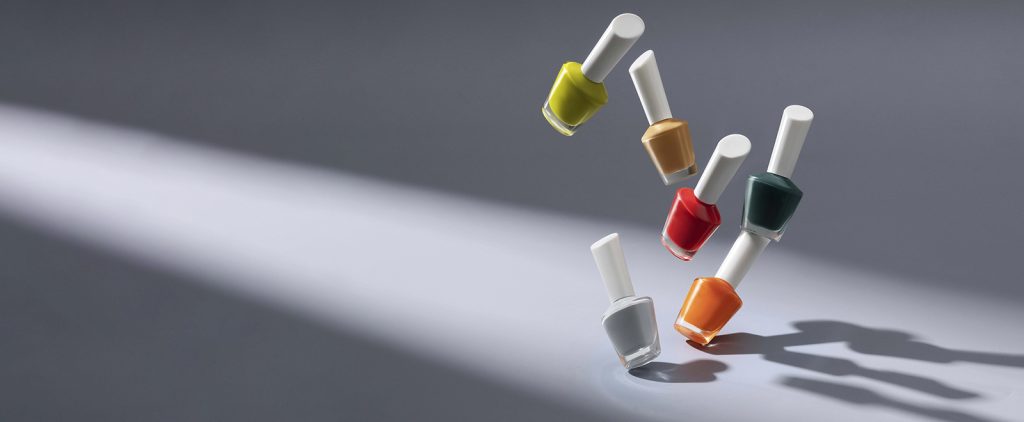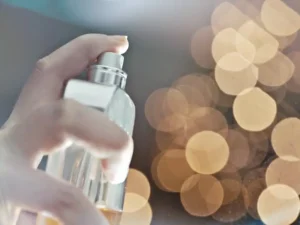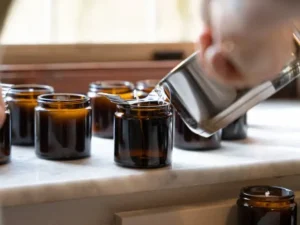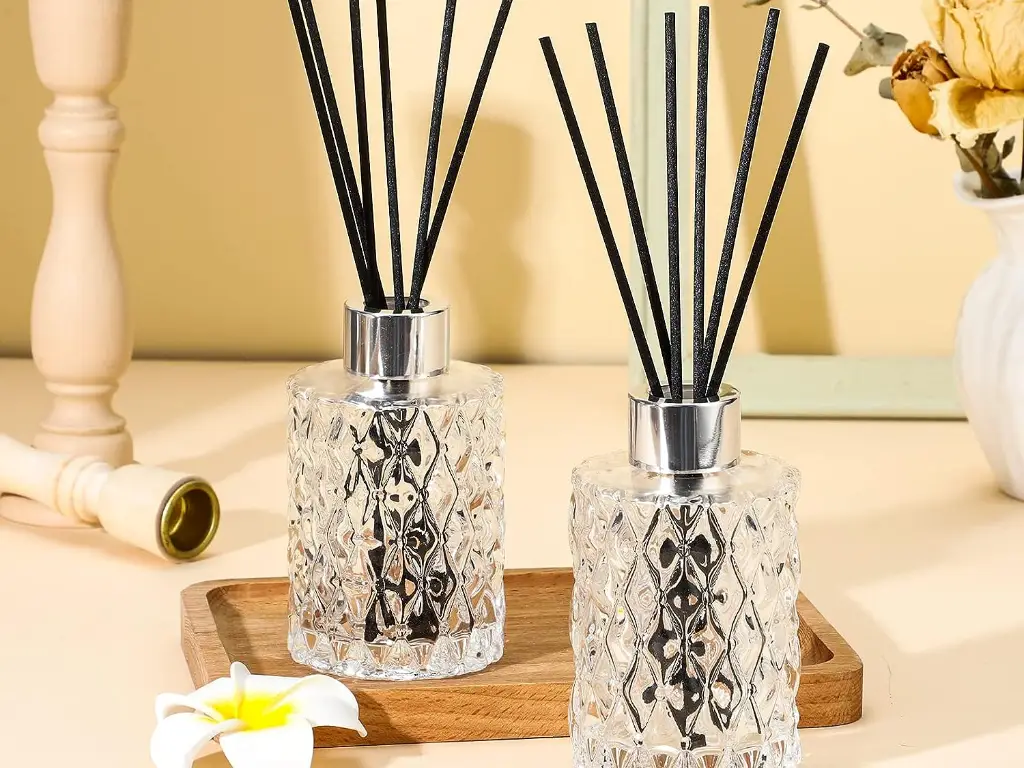
Preserving the quality of UV nail polish relies heavily on the bottle’s ability to block light effectively. Since UV-sensitive formulas can degrade when exposed to light, changes in texture, color, and performance may occur. To keep your product fresh and effective, it’s essential to test the light-blocking properties of UV nail polish bottles. This guide outlines the best methods to evaluate the effectiveness of your packaging.
Why Light Protection is Essential for UV Nail Polish
UV nail polishes contain photoinitiators that cure under UV/LED lamps. However, prolonged exposure to ambient light, especially sunlight, can cause premature curing or ingredient separation. While opaque or dark-colored bottles provide protection, not all containers offer the same level of defense. Thorough testing ensures that your packaging meets industry standards and safeguards product integrity.
Effective Methods to Test UV Nail Polish Bottle Opacity
1. Visual Inspection
Begin by assessing the bottle’s material. High-quality UV nail polish bottles are typically made from opaque plastic or dark-tinted glass (e.g., black or dark brown). Hold the empty bottle up to a bright light—if light passes through, the bottle may not provide sufficient protection.
Pro Tip: Compare the bottle with a known light-blocking container. If your bottle appears translucent or shows shadows, consider switching to a thicker or darker material.
2. Light Exposure Test
To mimic real-world conditions, fill the bottle with a UV-reactive substance (such as a small amount of UV gel polish) and place it under direct sunlight or a UV lamp for 24–48 hours. Observe for changes:
- Curing: If the polish hardens or thickens, the bottle is not blocking UV rays effectively.
- Color Shift: Fading or ingredient separation suggests light penetration.
This test highlights potential weaknesses in the bottle’s light-blocking capabilities.
3. Spectrophotometer Analysis
For highly accurate results, use a spectrophotometer to measure light transmission through the bottle. This device quantifies the amount of UV and visible light that passes through the material. Ideal bottles should block 99% or more of UV light, particularly within the 300–400 nm wavelength range.
Note: This method provides the most precise data but may require specialized equipment and professional expertise.
4. Long-Term Storage Simulation
Simulate long-term storage by placing filled bottles in a well-lit environment for 4–6 weeks. Periodically evaluate the polish’s consistency and curing performance. If the formula deteriorates faster than expected, the bottle’s opacity is insufficient.
Conclusion
Testing UV nail polish bottles for light protection ensures product longevity and boosts customer satisfaction. By combining visual inspection, exposure tests, and advanced analysis techniques, brands can verify packaging effectiveness. Investing in high-quality, light-resistant bottles not only preserves your formula but also enhances trust among users seeking professional-grade results.
By prioritizing these steps, brands can reduce returns, extend shelf life, and consistently deliver flawless manicure experiences.





